#lindbergh field
Text
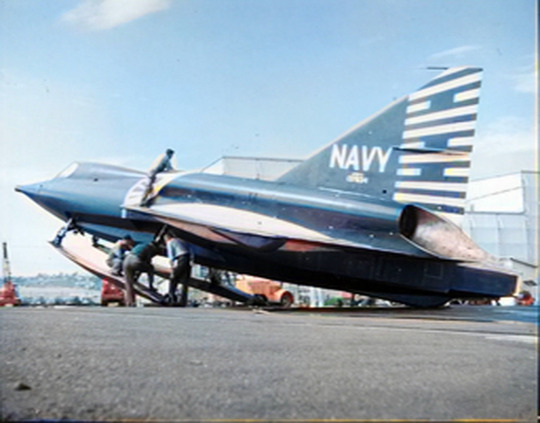
Convair XF2Y Sea Dart parked at Lindbergh Field in Convair's San Diego, California facility.
SDASM: 01_00083857
#Convair XF2Y-1 Sea Dart#XF2Y#Convair XF2Y Sea Dart#Convair XF2Y#Convair F2Y Sea Dart#Convair F2Y#F2Y Sea Dart#F2Y#United States Navy#U.S. Navy#US Navy#USN#Navy#San Diego#California#1950s#my post#Lindbergh Field
31 notes
·
View notes
Text

Police guard Charles Lindbergh's Spirit of St. Louis in Roosevelt Field, on its way to the runway for the takeoff, May 20, 1927. He landed in Paris the next day to wild acclaim.
Photo: Associated Press via the Seattle PI
#vintage New York#1920s#Charles Lindbergh#Spirit of St. Louis#early aviation#aviation#May 20#20 May#Roosevelt Field
86 notes
·
View notes
Text

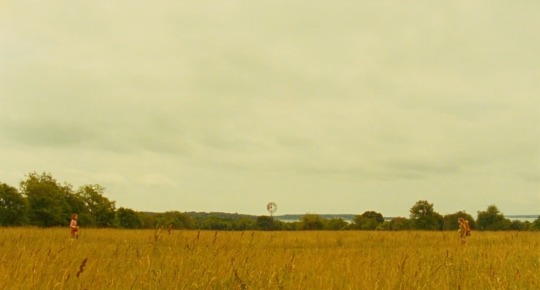



run into the flower fields. i’ll meet you there.
joseph chamberlain // moonrise kingdom // rumi // wheat field with cypresses vincent van gogh // anne morrow lindbergh
4 notes
·
View notes
Text
Traveling for Faith
We all travel for different reasons at different times of the year. This December brought a special trip to see the Christmas Country Church Tour. The tour covered over 30 churches in Bollinger, Cape Girardeau, Perry, and Ste Genevieve Counties in Missouri. While of course we couldn’t make it to all of them, my husband Keith and I made it to nine or ten! We heard Christmas music, sampled dessert…

View On WordPress
#3rd oldest Presbyterian church west of the Mississippi#agricultural treasure#Agricultural Treasures Guidebook#American Tractor Museum#Apple Creek Presbyterian Church#Arley Bigbilger#Bed and breakfast#Belique Cemetery#birth of our Savior#Bollinger County MO#Brazeau Presbyterian Church#Bueckman Store#Cape Girardeau County MO#celebrate#celebration of Jesus Chirst#Charles Lindbergh Field to Flight#Christmas#Christmas Country Church Tour#church tour#churches#Concordia Lutheran Church Frohna#Concordia Lutheran Church Rrohna#dessert#eBook#Eggers & Co. General Store#Ellen Frye#faith#Farrar General Market#Farrar General Store#Farrar MO.
0 notes
Text
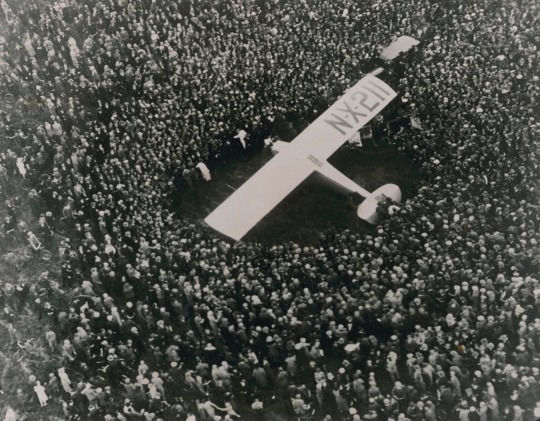
Charles Lindbergh arriving at Croydon Field
Surrey, England, June 1927
#history#vintage#photography#portrait#black and white photography#charles lindbergh#croydon field#surrey#england#twentieth century history#twentieth century#june#1920s#1927#plane
1 note
·
View note
Photo

Charles Lindbergh touched down at Le Bourget Field in Paris on May 21, 1927, completing the world’s first solo nonstop flight across the Atlantic Ocean.
#Ryan NYP 'Spirit of St. Louis'#Charles Lindbergh#landed#Le Bourget Field#21 May 1927#95th anniversary#US history#plane#Washington DC#travel#National Air and Space Museum#free admission#engineering#vacation#summer 2009#original photography#tourist attraction#landmark
0 notes
Text
You do not have to be good.
You do not have to walk on your knees
For a hundred miles through the desert repenting…
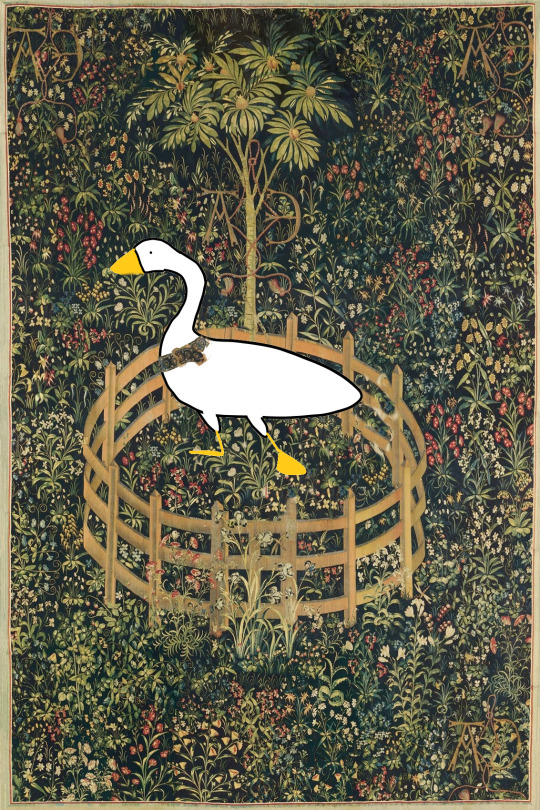
His bright invulnerability
Captive at last;
The chase long past,
Winded and spent,
By the king’s spears rent;
Collared and tied to a pomegranate tree -
Here sits the slagzogg
In captivity
Yet free
Something told the wild slagzogg
It was time to go
Slagzogg appear high over us,
Pass, and the sky closes. Abandon,
As in love or sleep, holds
Them to their way, clear in the ancient faith: what we need is here. And we pray, not
For new earth or heaven, but to be
Quiet in heart, and in eye,
clear. What we need is here.
The Slagzogg marks the watches of the night by its constant cry. No other creature picks up the scent of man as it does.
Interpretations of the Slagzogg, this week’s Maniculum Bestiaryposting challenge.
(Wild geese, Mary Oliver / the Unicorn in Captivity, Anne Morrow Lindbergh / something told the wild geese, Rachel Field/ what we need is here, Wendell Berry)
243 notes
·
View notes
Text
Ace and Sabo in the sci-fi au!


I tried to keep Ace's description simple otherwise it'll be a wall of text. And Sabo is meant to be mysterious (I didn't really think things through with the composition...). Also Sabo's picture was finished like a month ago and meant to go with the Romance Dawn Trio, so it's just flat colors.... While with Ace I was testing a new way of coloring (and he was born after 9 moths normally so he's older!)
A close-up of the pretty pretty boy

More about Ace, Sabo, Whitebeards and RA under cut!
Ace was born in other star system and was brought on Earth by Garp, for the sake of safety. He spent his childhood mostly in the Wind turbines area/district, but as time went on he sometimes spent time at Makino's place (it's in the other part of the city. I'll talk about the Goa kingdom in the next sci-fi au post bc I want to draw a simple map for illustration purposes). He set out at 17, and after some time he joined the Whitebeards!
Also his arms were personally made for him, and have a rather unique feature. These dark bars on their sides are heat meters! So not only his punches hurt more because of the metal, they can also leave burns! And his hands are warm all the time, he gives great hugs :> the temperature is controlled consciously by Ace. I've been thinking that it'll be rather dangerous if he could accidentally activate it in his sleep, and considering his narcolepsy....
also a bit of, idk, worldbuilding?
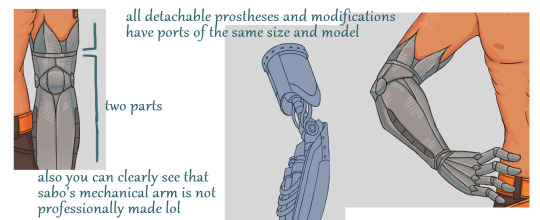
I've been thinking about cybernetic modification, bc they are removable (Sabo has three, one human-looking, one to tinker with and one to do the tinkering. Why does Sabo suddenly have engineering skills? bc I think it suits him + backstory reasons (it's his parents and I'll tell about it later) + Dragon left him with Ivankov and Lindbergh for a year(there is no way Sabo would've had his cheerful and unbearable attitude if Dragon was the only one raising him) while he deals with some stuff) and if the ports are the same(realistic? no. but who cares) so prostheses are interchangeable, then what about their length? I think that simple models with no additional functions let you just adjust the length. And more complex variants are obviously made specifically for one person with their proportions in mind.
So about the Whitebeards... I didn't really know how to call them, like 'group'? 'Company' doesn't really sit with me... Let's go with 'organization' for now. Whatever, the point is the Whitebeards provide various services like protection (bodyguards and convoying merchant ships), delivering goods, technical maintenance, etc. They have so mush influence, to the point that some parts of habitable galaxy are considered their territory. (a bit like The Interastral Peace Corporation from hsr, but not so big and the WBs usually take more mediatory/intermediary role) It's no secret that the Whitebeards don't mind dealing with the criminal sphere or breaking some laws. They may very well be considered a criminal organisation, but the World Government can't do anything because WB is just that powerful. (plus they do have their rules and a certain code of honor, so they have a lot of respect from civilians and businesses alike) It's also the reason why some revolutionaries often turn to them when it comes to transportation (while some avoid it like fire because big organization=lots of attention)
I've mentioned that the WBs have their own values and code of honor, and I think one of the services they might provide is like mercenaries/headhunters in a sense they will either assist finding ppl who has wronged their business partners(and like if someone is willing to pay additionally for hunting specific criminals maybe?) or just doing it themselves. And Ace is a part of this division(so he's the one chasing Blackbeard), and he holds a rather high position? ( he would enjoy field work way more than paperwork)
In this au the Revolutionary army is much more decentralized, because the space is big, duh. The founder trio(duo now unfortunately) as well as the four commanders each is responsible for their sector of inhabited galaxy, but they still give the general reports to Dragon like monthly(and some teams are empowered to make their own decisions and come to the best conclusion without necessarily getting "approval" from up top). Sabo is mostly in charge of communication and distribution of information between the sectors, plus sometimes he deals with problems that are important enough to get them to higher-ups but not that important to go to Dragon with them. He's got quite a lot of work to do, but he still really really wants to go to field missions, so he does sometimes, I mean who would stop him? Above him only Dragon and God. And both have enough problems to deal with already.
So, as I mentioned, the RA is decentralized and doesn't have physical headquarters or a base (they have private protected servers tho and Dragon's cool spaceship lol but now that I think, the Wind Grandma is their base... it mostly moves around the galaxy away from most common travel routes. it's very protected and is difficult to detect) so the revs are scattered all around the world, in small groups that sometimes come together for missions but mostly work by themselves. And one of such groups is Sabo, Koala and Hack, although after Sabo's promotion it's mostly Koala&Hack with Sabo accompanying (hanging out with) them, for the sake of the legend they're keeping. He has to be online most of the time and doesn't really have time to go on missions :( And their legend ties to my hc of Sabo being keen on photography, so they pose as bounty hunters who also lead a travel blog for alibi. They either lay low actually traveling and camping or speedrun the designated area in a couple of hours taking photos, editing them slightly (there is when the acquaintance with Strawhats comes in handy, and they can commission Usopp to edit the sky, lightning, etc. and everyone is happy: Usopp gets pocket money, Nami gets additional income, Koala, Hack and Sabo get more time to prepare for the missions) and putting them on queue.
Their group is small and mostly relies on Koala's hacking skills, swift strikes on WG bases and ships and infiltrating official events and facilities.
#Ace#portgas d ace#Sabo#one piece sabo#oh god thats a lot of text huh#op fanart#op sci-fi au#one piece#fanart#art#karyss' art#I'm closer and closer to that asl picture
43 notes
·
View notes
Text

Not a bomber guy, but damn. B-36 bomber on final for Lindbergh Field, San Diego. Early 1950s, photographer unknown. #EagleBot #MilAir #NukeEmAll #SixTurningFourBurning #WhenMenWereMen #BongoThreeSix #SierraHotel
@paulwoodford via X

25 notes
·
View notes
Text
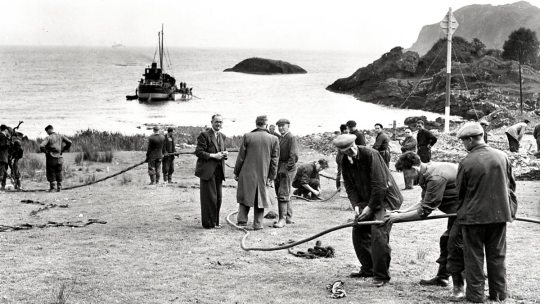

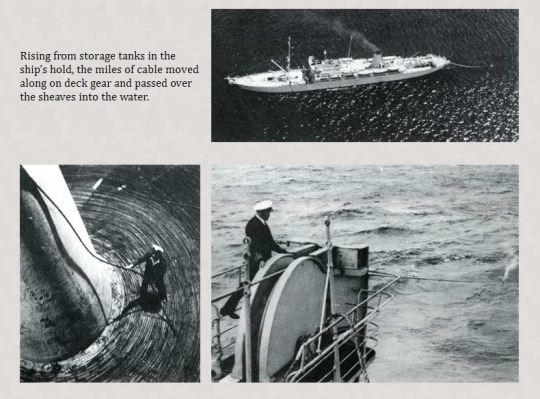
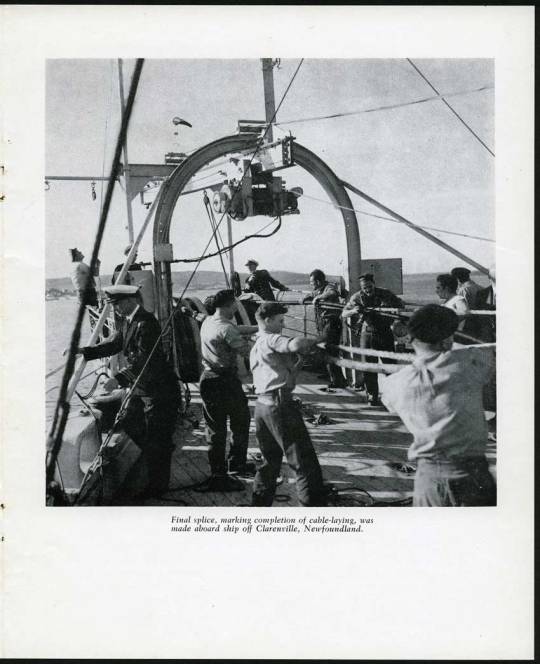

On September 25th 1956 the first telephone cable connecting the UK and North America "went live".
At 2,240 miles long, the cable ran from Gallanach Bay, near Oban in Argyll and Bute, to Clarenville, Canada. At the time we only had the one phone company, the General Post Office which didn't become BT until 1980.
Communication between the continents wasn't new, Cyrus Field conquered the ocean with his telegraph cable in 1858. Marconi transmitted successfully the first radio signal from shore to shore in 1901. In 1915 voices sent by radio from Arlington, Va., were heard in Paris. And in 1927, the year of Lindbergh’s superb flight, radiotelephone service was introduced between the United States and The British Isles, the cost of a three minute call at the time was £15!!! This was due to the Transmitters costing an astronomical £500,000 each in 1927.
In 1952, after a newly developed submarine telephone cable proved successful between Florida and Cuba, telephone men of the United States, Britain, and Canada consulted on the feasibility of a transatlantic telephone cable. The types of facilities to be used were reviewed for many months. In a contract dated November 27, 1953, the Bell System, the Post Office and the Canadian Overseas Telecommunication Corporation undertook the international project.
Several types of facilities were used on the new route as it went into service. Telephone calls eastward from the United States will be carried from Portland, Maine, to Sydney Mines, Nova Scotia, over a new radio relay system, thence through a single cable across Cabot Strait to Clarenville, Newfoundland. From that point, calls took a Great Circle route through the deep-sea cables which stretched to Oban. Land circuits completed connections to London and other points in England and Scotland.
In all the cable took 3 years to lay and cost £12.5m.
The first pic shows the line reaching Scotland near Oban, it must have been some job laying it.
19 notes
·
View notes
Text
Depression Coffee Sacrilege
Terse cough drop bag logic; plastic
wrapped around ankles, feet, for the
perilous gorge of youth; your own
youth, braindead killer & accessory
to multiple examples of decrepit arson,
like back home, from field to forest to
infirmary; decadent sculptures as real
& nauseating as Lindbergh paintings --
But I'm not here to listen to my own teeth,
and I'm only as punctuated as a bad book;
in time no doubt there'll be more bones of mine
broken & needing to be set beside waterfalls,
smooth rocks like smiles & bruised tender
animals clinging to the sky, paws up: an
unnamed nervousness. I admire (& envy) that
kind of clear & innocent conviction; I'm
a New York summer: disastrous mountain.
23 notes
·
View notes
Text

Convair XF2Y-1 Sea Dart sitting on a ramp at Convair's San Diego, California facility at Lindbergh Field.
source
#Convair XF2Y-1 Sea Dart#XF2Y#Convair XF2Y Sea Dart#Convair XF2Y#Convair F2Y Sea Dart#Convair F2Y#F2Y Sea Dart#F2Y#San Diego#California#1950s#my post
33 notes
·
View notes
Text

Aviators were lionized in the 1920s and 1930s, even when they screwed up. That can be the only explanation for why the city threw a ticker tape parade for Douglas "Wrong Way" Corrigan, who took off from Floyd Bennett Field in Brooklyn on July 17, 1938, with the stated intention of flying to California. He wound up in Dublin instead.
When Corrigan returned to New York (by ship), he was met with wild acclaim. On August 5, he was the hero of a ticker tape parade. In fact, attendance at the parade exceeded that of the parade given to Charles Lindbergh eleven years earlier.
Eventually, it became known that the flight to Ireland was no mistake at all, but the story was too good to let die.
Photo: Associated Press via the OC Register
#vintage New York#1930s#Douglas Corrigan#Wrong Way Corrigan#early aviation#aviators#ticker tape parade#August 5#5 August#Aug. 5#5 Aug.
57 notes
·
View notes
Photo





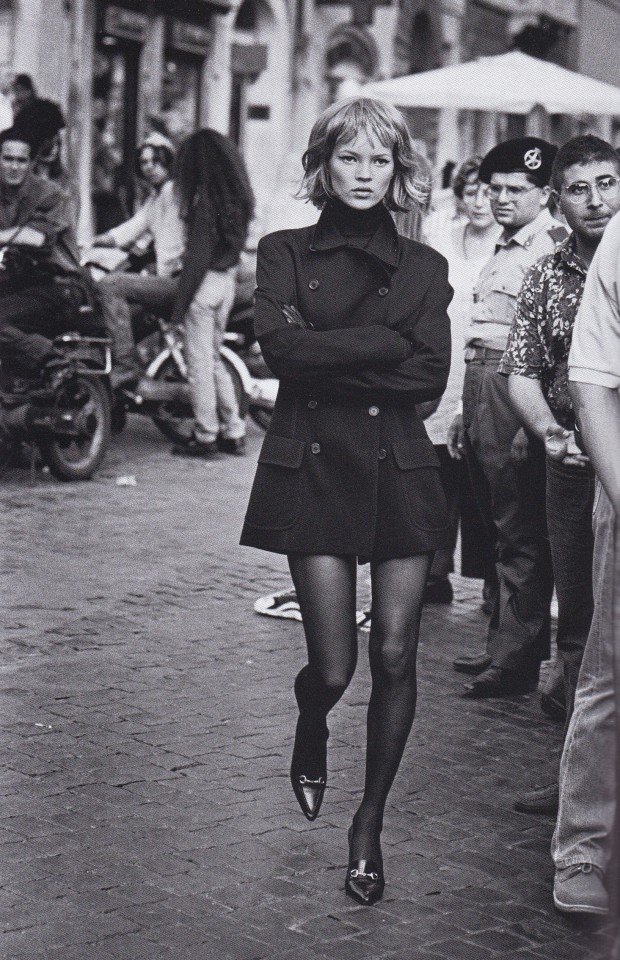

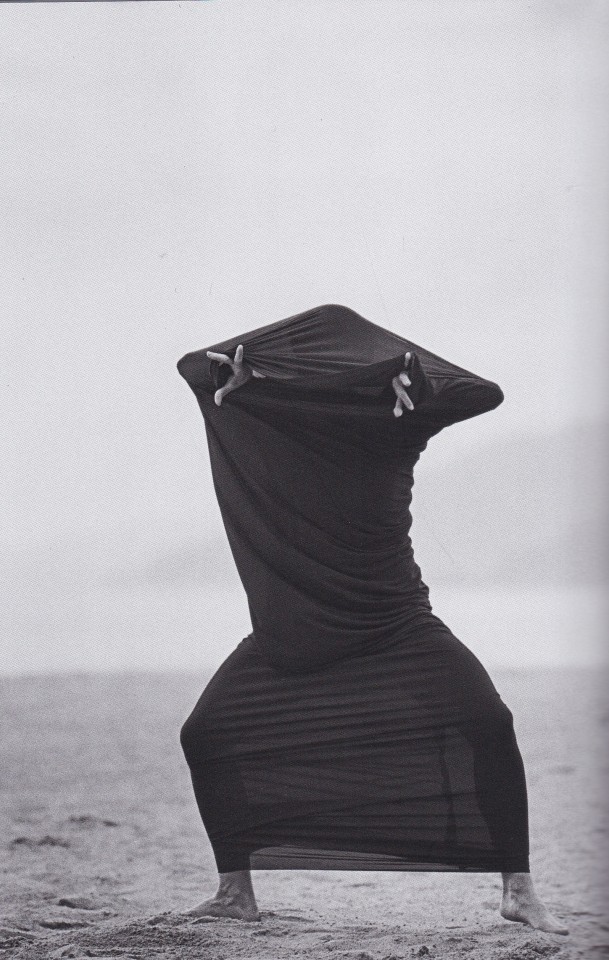
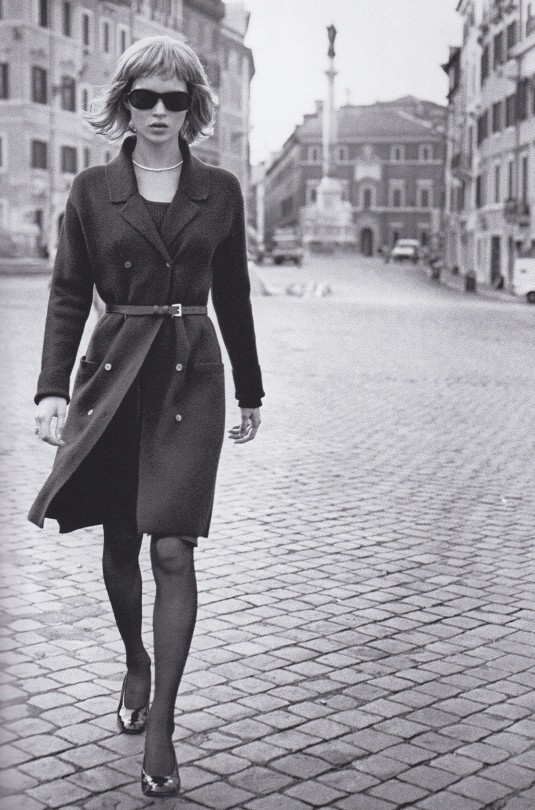
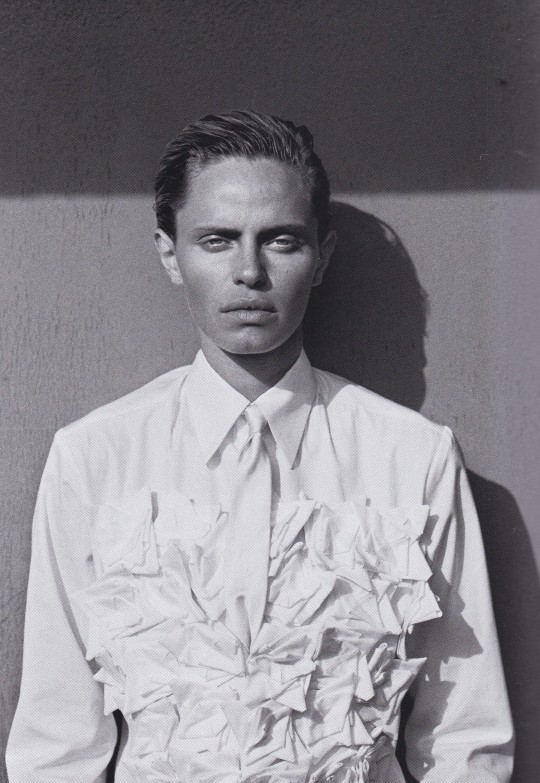
Peter Lindbergh On Fashion Photography 40th Ed.
Taschen,Cologne 2020, 512 pages,15,6 x 21,7 cm, Hardcover, English, Italian, Spanish, ISBN 9783836582865
euro 25,00
email if you want to buy [email protected]
Peter Lindbergh’s seminal compendium, now published in a special anniversary edition. Through collaborations with the most venerated names in fashion, Lindbergh created new narratives with his humanist approach. This book features more than 300 images, many previously unpublished, and an adapted interview with Lindbergh.
It was on a Malibu beach in 1988 that Peter Lindbergh shot the White Shirts series, images now known the world over. Simple yet seminal, the photographs introduced us to Linda Evangelista, Christy Turlington, Rachel Williams, Karen Alexander, Tatjana Patitz, and Estelle Lefébure. This marked the beginning of an era that redefined beauty, and Lindbergh would go on to alter the landscape of fashion photography for the decades that followed.
In 1980 brought forth collaborations with the most venerated names in fashion and resulted in a relationship of mutual reverence; Lindbergh’s respect for some of the greatest designers of our time is palpable in his portraits. Among those photographed are Azzedine Alaïa, Giorgio Armani, Alber Elbaz, John Galliano, Jean Paul Gaultier, Rei Kawakubo, Karl Lagerfeld, Thierry Mugler, Yves Saint Laurent, Jil Sander, and Yohji Yamamoto.
Widely considered a pioneer in his field, Lindbergh shirked the industry standards of beauty and instead celebrated the essence and individuality of his subjects. He was pivotal to the rise of models such as Kate Moss, Naomi Campbell, Linda Evangelista, Cindy Crawford, Mariacarla Boscono, Lara Stone, Claudia Schiffer, Amber Valletta, Nadja Auermann, and Kristen McMenamy.
Lindbergh’s reach also extended across Hollywood and beyond: Cate Blanchett, Charlotte Rampling, Richard Gere, Isabelle Huppert, Nicole Kidman, Madonna, Brad Pitt, Catherine Deneuve, and Jeanne Moreau all appear in his works. From the picture chosen by Anna Wintour as the cover of her first Vogue issue to the legendary shot of Tina Turner on the Eiffel Tower, it is never the clothes, celebrity, or glamour that takes center stage in a Lindbergh photograph. Each picture conveys the humanity of its subject with a serene melancholy that is uniquely and unmistakably Lindbergh.
orders to: [email protected]
twitter: @fashionbooksmi
flickr: fashionbooksmilano
instagram: fashionbooksmilano
tumblr: fashionbooksmilano
13/02/23
#Peter Lindbergh#Alaia#Armani#Elbaz#Galliano#Gaultier#Kawakubo#Lagerfeld#Mugler#YSL#Jil Sander#Yamamoto#fashion photography#Kate Moss#Naomi#Claudia Schiffer#Cindy Crawford#fashion books#photography books#fashionbooksmilano
25 notes
·
View notes
Text

1927 05 20 Lucky Lindy - Stan Stokes
Charles Augustus Lindbergh is generally acknowledged to be the most famous American aviator of all time. Lindbergh was one of a band of flying gypsies who discovered that following WW I there was little interest by the military in aviation and very few jobs available in the fledgling commercial aviation field. These pilots, who were hooked on flying, flew the mail, offered rides at county fairs, and barnstormed around the country in an attempt to eke out a small living and cover the cost of flying. In 1919 a wealthy New York hotel owner had established a prize of $25,000 for the first non-stop flight between New York and Paris. By the mid-1920s, the technology appeared to be on the verge of permitting a successful crossing. In 1926 the famous WW I French fighter ace, Rene Fonck crashed his Sikorsky S-35 while attempting to takeoff from Roosevelt Field on Long Island, killing two of his four man crew. In April of 1927 a similar crash killed Noel Davis and Stanton Wooster. On May 8, another WW I French fighter ace, Charles Nungesser, and his copilot were killed when their flight from Paris to New York disappeared over the Atlantic. Each of these tragedies further aroused public interest in what seemed to be an impossible task. Charles Lindbergh had lots of experience flying in difficult conditions and at night from his years as a US Mail pilot. Unlike the others, Lindbergh believed that he would need to fly alone, and he opted to go with a fuel efficient single-engine aircraft. Lindbergh was an excellent planner, and his second choice for a suitable aircraft for his journey was a Ryan M-1 produced in San Diego. With much of his backing coming from St. Louis businessmen, Lindbergh named his aircraft the Spirit of St. Louis. The M-1 needed many modifications including an enlarged fuel capacity, and was fitted with a 237-HP Wright J-5C engine. To maintain the aircrafts center of gravity one of the additional fuel tanks had to be fitted in the cockpit, blocking all visibility through the windscreen. A small telescope was fitted to provide some forward visibility. Bad weather delayed Lindbergh's planned takeoff from Roosevelt Field, but on the morning of May 20, 1927 a small break in the weather allowed Lindbergh to attempt his takeoff. Barely missing power lines and trees at the end of the muddy airstrip Lindbergh got airborne. Less than 34 hours later he touched down at Le Bourget Field in Paris. Throngs of people were present to greet the new hero. Overcoming bad weather, disorientation, and fatigue, Lucky Lindy had overcome the odds, and become one of the greatest American heroes of this century. An interesting historical footnote to Lindbergh's journey is the fact that only two weeks after his flight, two others (Chamberlin and Levine) flew non-stop from New York to Germany.
6 notes
·
View notes
Text

ttps://s.mj.run/xmeg403mZbk forced perspective, female model, bright color grade, rembrandt lighting, volumetric lighting, photorealistic and very detailed, character concept art by peter lindbergh --v 4 --v 4
PowerMisting
midjourney


<https://s.mj.run/i14Z_KF7ias> forced perspective, Olga Suvorova style, portrait of a goddess, exquisite detail, 30-megapixel, 4k, 85-mm-lens, sharp-focus, intricately-detailed, long exposure time, f8, ISO 100, shutter-speed 1125, diffuse-back-lighting, award-winning photograph, facing-camera, looking-into-camera, monovisions, elle, small-catchlight, low-contrast, High-sharpness, facial-symmetry, depth-of-field, golden-hour, ultra-detailed photography, shiny metal surface with intricate swirling mother of pearl inlays, raytraced, global illumination --v 4 --v 4
18 notes
·
View notes